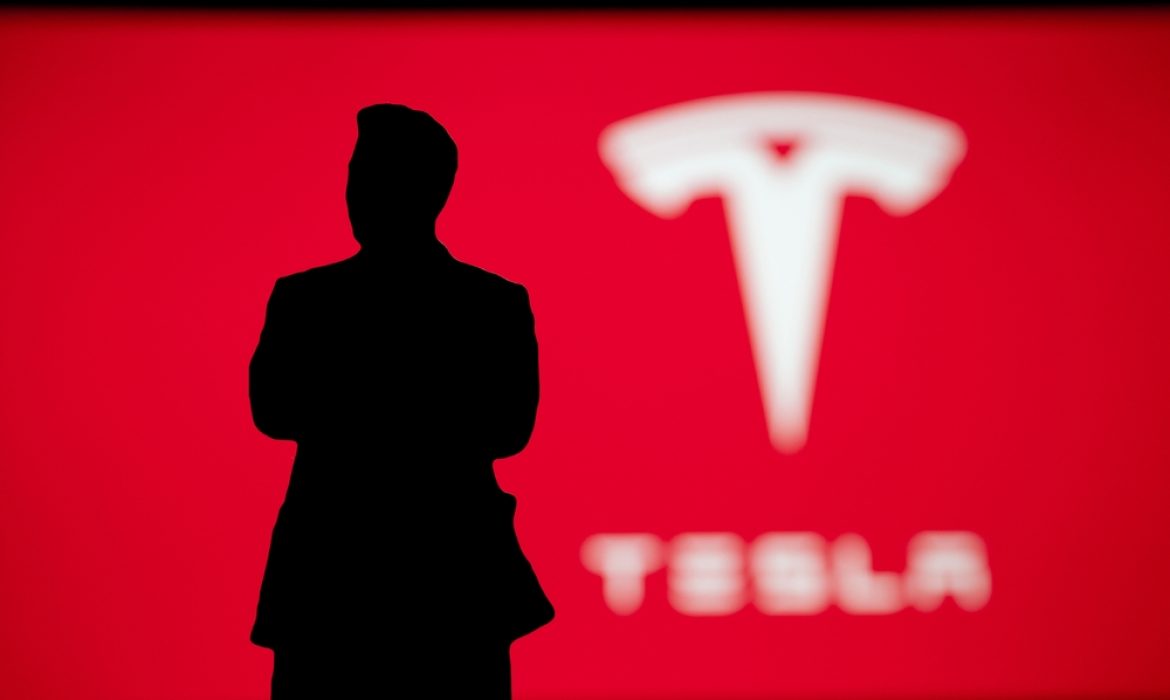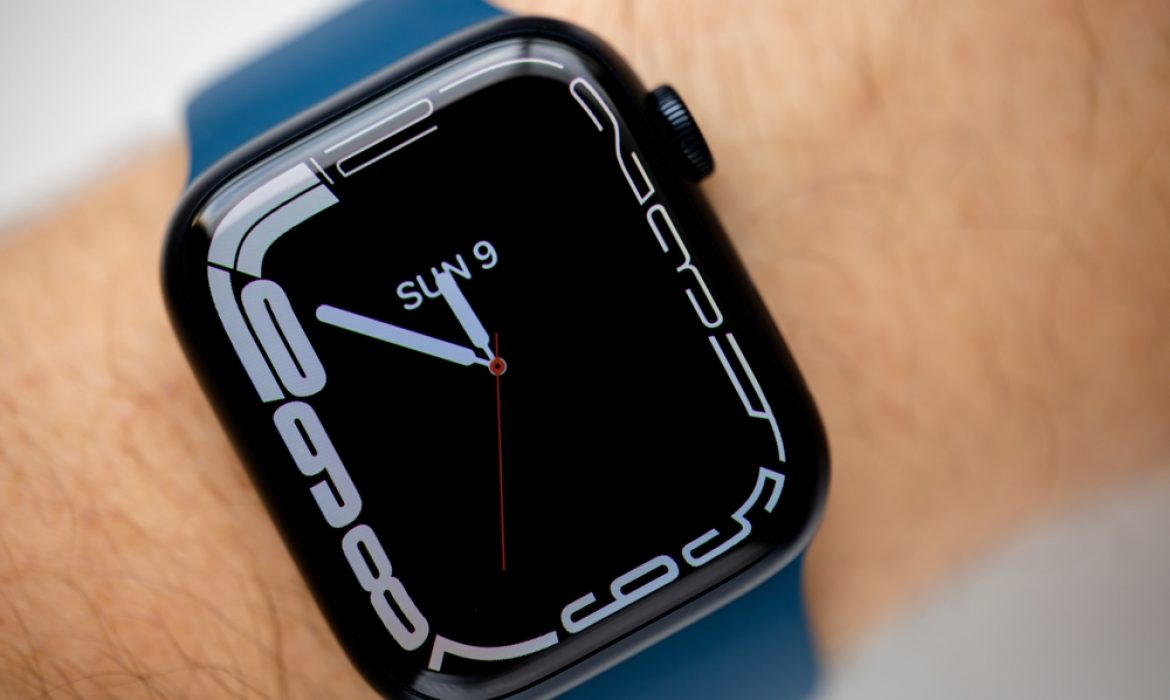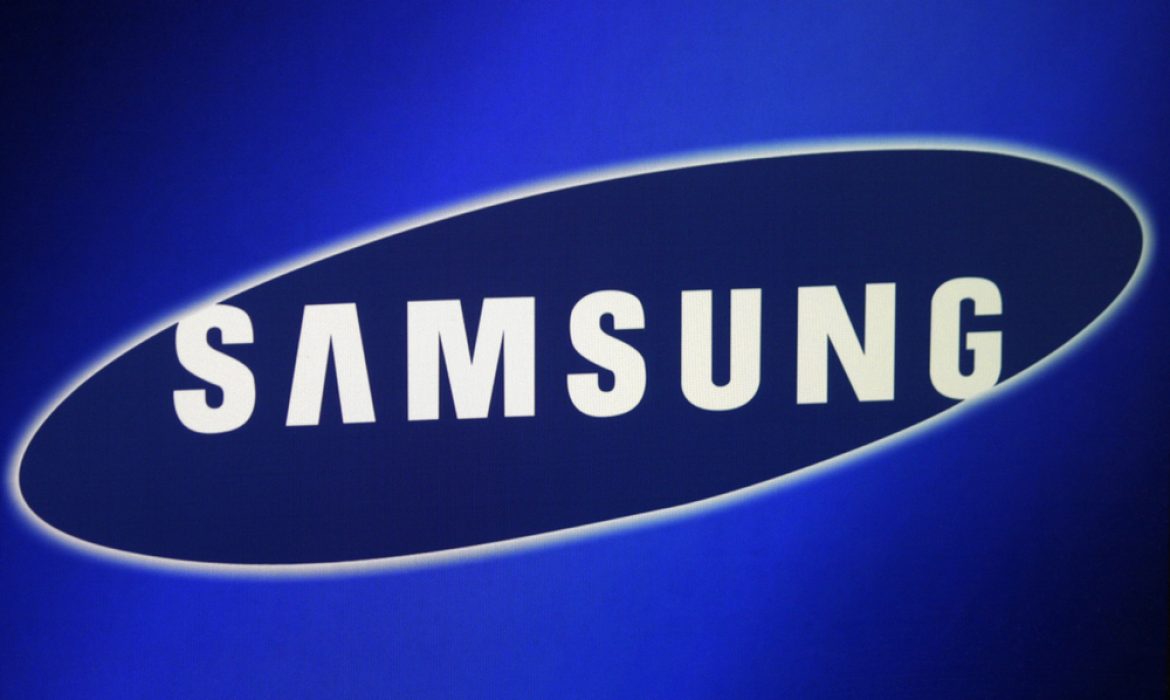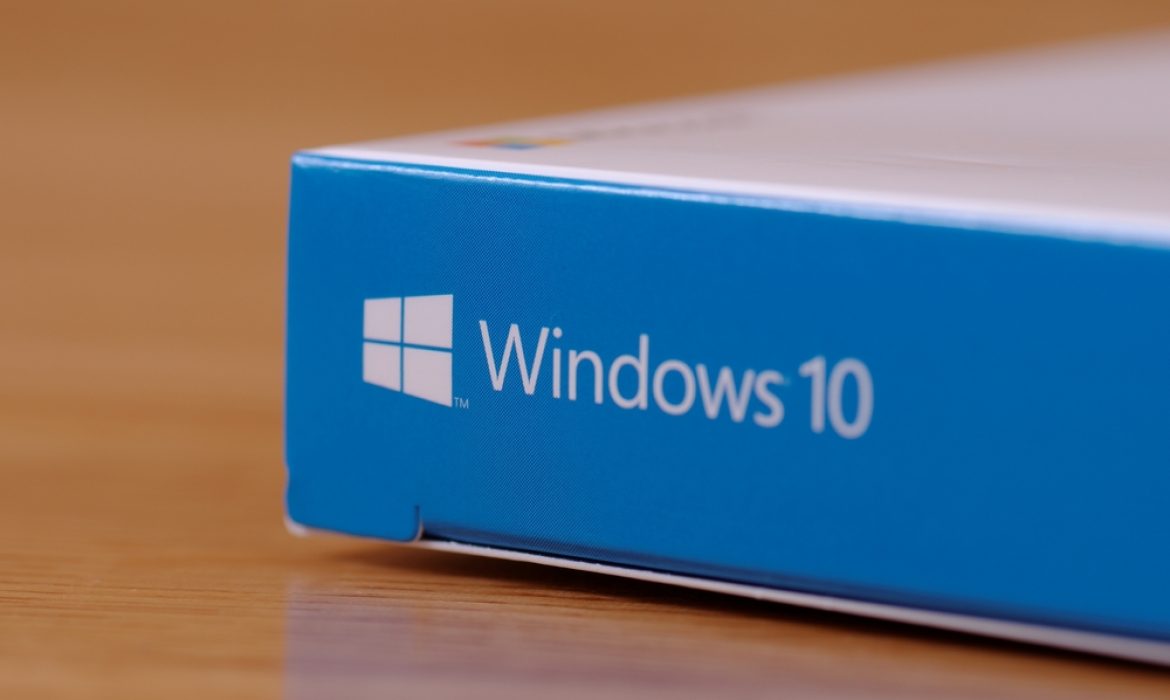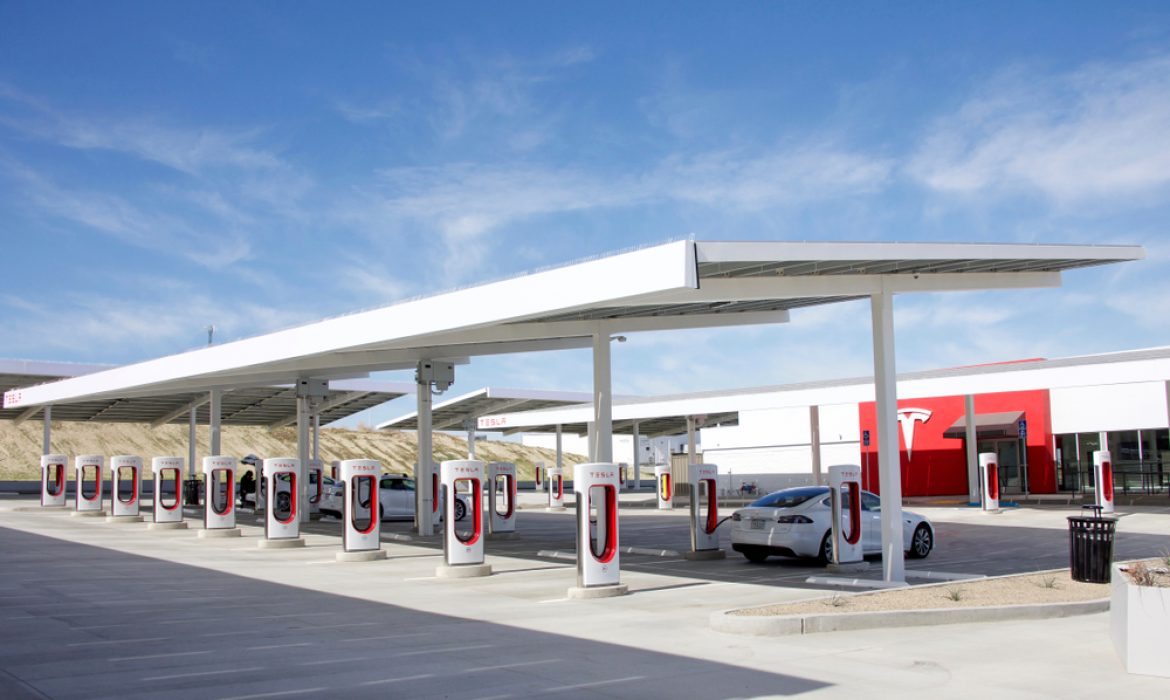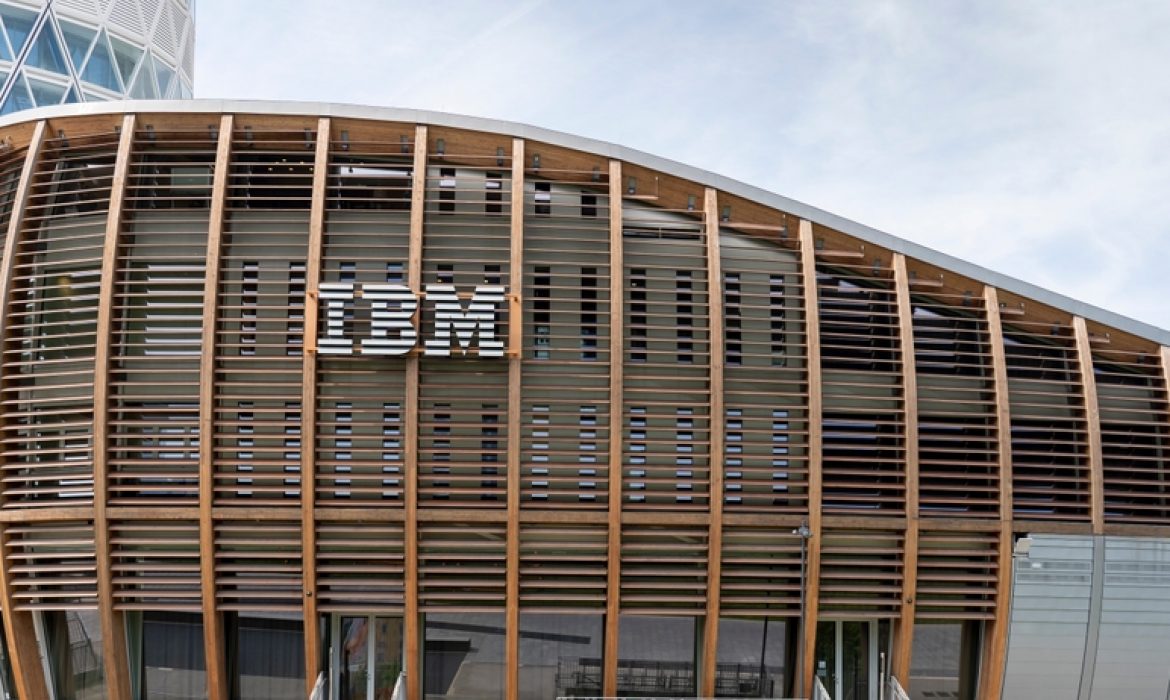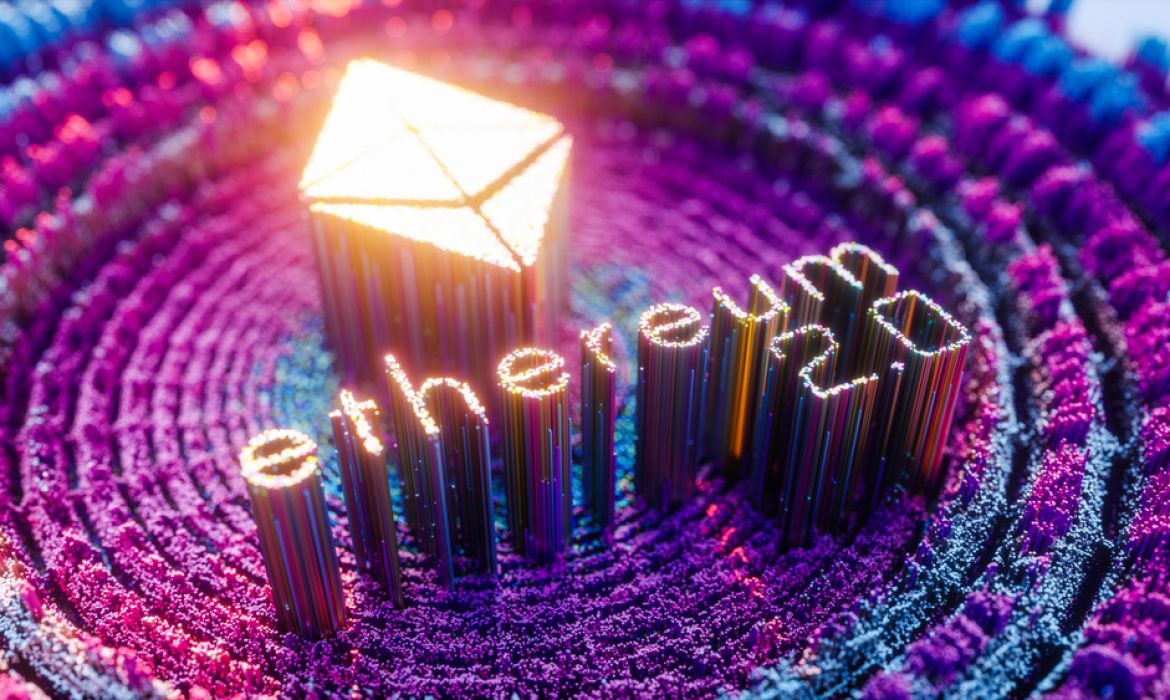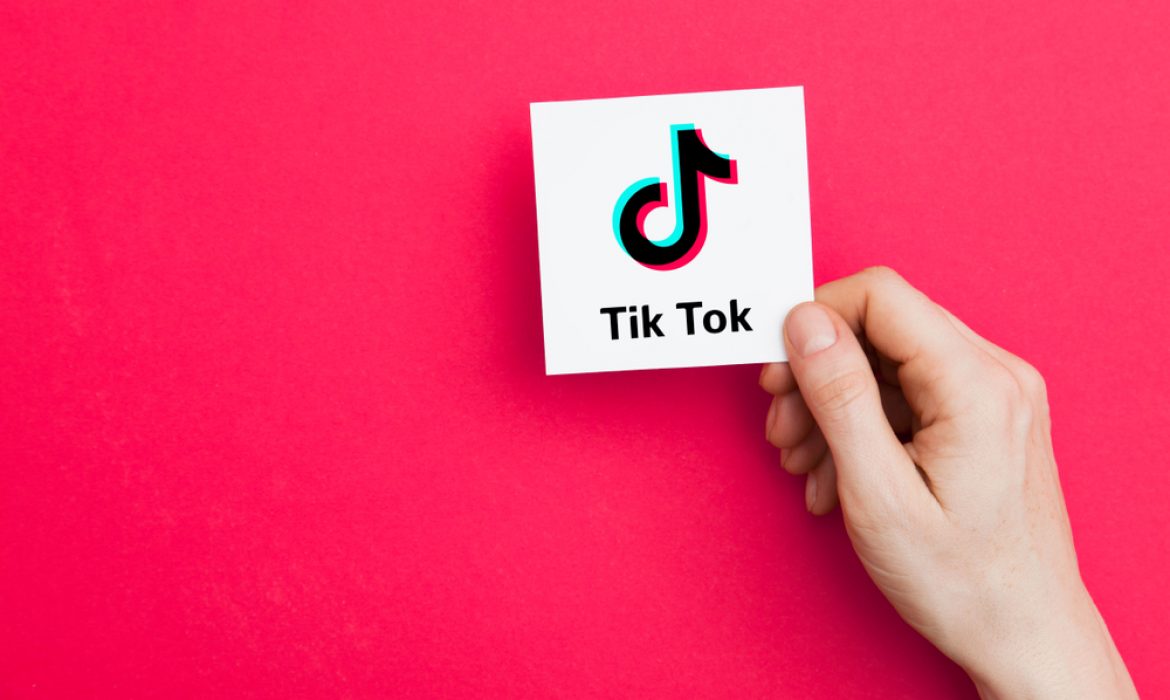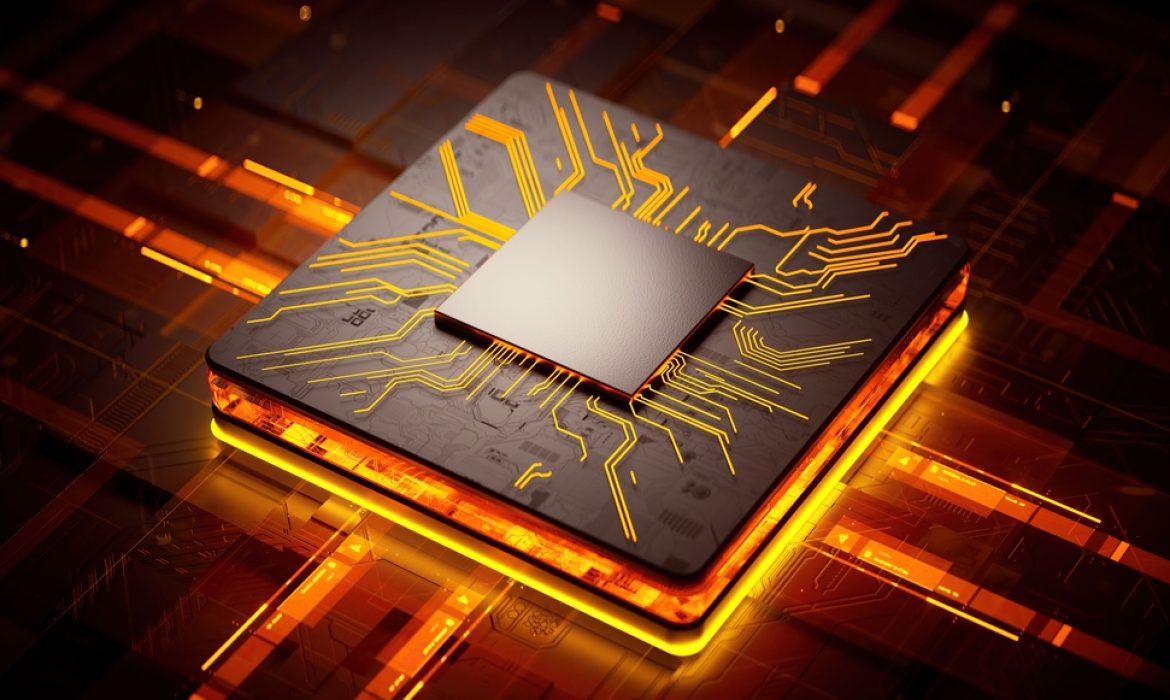Tesla has reported on meeting its sales plan – the company delivered 1.8 million electric cars to customers
In a triumphant milestone for Elon Musk’s Tesla, the electric car powerhouse has announced the successful fulfillment of its sales plan, delivering an astounding 1.8 million electric vehicles (1,808,581 precisely) to customers in 2023. This remarkable achievement marks a formidable 38% increase compared to the previous year’s sales.
Tesla’s production juggernaut encompassed 1,845,985 vehicles, a commendable output from its five key manufacturing plants. The final quarter of 2023 saw a slight uptick in production and supply compared to Q3, with the Model 3 and Model Y, sharing the same platform, constituting an impressive 95% of total sales. The highly anticipated Cybertruck, unveiled just a month ago, is steadily making its mark, with analysts estimating approximately 270 armored pickups shipped by December 2023.
Breaking down the figures for Q4 2023 and the entire year, Tesla’s production and shipment numbers reveal the following:
- Model 3/Y: Produced 476,777, Shipped 461,538 (Q4); Produced 1,775,159, Shipped 1,739,707 (Whole 2023)
- Model S/X/Cybertruck: Produced 18,212, Shipped 22,969 (Q4); Produced 70,826, Shipped 68,874 (Whole 2023)
- Combined: Produced 494,989, Shipped 484,507 (Q4); Produced 1,845,985, Shipped 1,808,581 (Whole 2023)
This achievement comes amidst Tesla’s acknowledgment of entering a “moderate low growth stage” due to increased competition, particularly from China’s BYD and other manufacturers. While Tesla’s sales in the US and EU plateaued in 2023, Model Y sales in China experienced record growth, setting the stage for intensified competition with BYD.
The future trajectory for Tesla hinges on the success of Cybertruck sales and the anticipated release of the much-discussed $25k People’s Tesla in 2024, aimed at capturing a broader market. This strategic move aligns with Tesla’s ambitious goal of achieving 20 million annual sales by 2030.
Despite consistent financial success since Q3 2019, Tesla faces profitability challenges amid a price war in the electric vehicle market. The company’s full financial report, expected at the end of the month, will provide insights into its financial performance and strategies moving forward. Tesla’s resilience in navigating the evolving landscape positions it as a key player in the future of sustainable transportation.
Apple’s appeal is denied
In a setback for tech giant Apple, the U.S. International Trade Commission (ITC) has denied the company’s request to delay the ban on sales of the Apple Watch Series 9 and Ultra 2. The ban stems from a patent dispute with medical device maker Masimo, which alleges that the SpO2 sensors in these watches infringe on its patents.
Despite Apple’s announcement to remove the affected models from shelves following the October ruling, the ITC’s decision has broader implications. Out-of-warranty repairs for several Apple Watch models, including the Series 6 and later, are now unavailable in the U.S., affecting non-warranty repairs for the foreseeable future.
Apple is not yielding to the ban without a fight. The company has appealed the decision to the U.S. Court of Appeals for the Federal Circuit in Washington, D.C. An Apple spokesperson expressed the company’s strong disagreement with the ruling and detailed ongoing efforts to resume sales, including a potential software update addressing patent concerns.
The ban, effective since December 26, prohibits the import and sale of the Apple Watch Series 9 and Ultra 2 in the U.S., impacting Apple’s online and retail sales channels. Apple’s hope for intervention from the Biden administration was dashed, leaving the ITC’s decision as the final word.
The dispute revolves around the SpO2 sensor found in various Apple Watch models, with Apple attempting a software-based resolution. However, Masimo insists on hardware modifications, prolonging the uncertainty surrounding the ban’s duration.
As Apple navigates the legal battleground, consumers are left in limbo, unable to access out-of-warranty repairs for affected models. The appeal process is anticipated to extend the final verdict for about a year, leaving the tech community eagerly awaiting the resolution of this high-stakes patent dispute.
Source: Reuters
Samsung refrigerators are integrated with artificial intelligence
Samsung is set to debut the Flex four-door refrigerator with AI Family Hub+ at the upcoming CES. This smart fridge, building on its predecessor introduced in 2023, takes a giant step by integrating AI to develop recipes tailored to users’ stock and dietary preferences.
The refrigerator boasts an internal chamber equipped with advanced sensors capable of identifying individual foods. Through a specialized program, it suggests recipes based on the current stock inside. Beyond its culinary capabilities, users can stream their Galaxy smartphone screens to the Family Hub’s impressive 32-inch touchscreen display, providing a multimedia experience that includes watching videos on platforms like TikTok and YouTube.
The Verge reports that the updated model now connects to the Samsung Health profile via Family Hub, enabling the fridge to adapt recipes according to the owner’s dietary needs. Although Samsung acknowledges some limitations in its Vision AI feature, which can currently identify up to 33 foods, the company positions the smart fridge as a central component within its broader ecosystem of AI-enabled kitchen appliances.
Users can manually input expiration dates for items on the touchscreen, with the fridge sending notifications when items are near expiry. This innovation represents a significant stride toward more efficient kitchen management.
The unveiling at CES aligns with Samsung’s vision of an interconnected kitchen, where AI seamlessly integrates with appliances like AI ovens. Additionally, the Anyplace cooktop model is set to launch next year, featuring a pull-out cooktop with a seven-inch LCD screen for convenient access to recipes from Samsung Food while cooking. Samsung’s foray into smart kitchen technology heralds a future where appliances work in harmony, making everyday tasks more intuitive and enjoyable.
Apple Accelerates Vision Pro Production for February Launch Amid Challenges
In a bid to unveil its groundbreaking mixed-reality headset, the Vision Pro, Apple Inc. is intensifying production efforts with a targeted launch set for February, as undisclosed sources reveal. Manufacturing, in full swing in Chinese facilities for weeks, strives to have consumer-ready units by January’s end, preceding a retail debut the following month.
Apple recently nudged software developers with an email, signaling the impending Vision Pro release. The complexity of this rollout, touted as Apple’s most intricate, necessitates innovative sales strategies and equipment. With customized components, the headset requires on-site assembly and precise packaging at the point of sale. A crucial element is proper fitting to avoid content display issues and added weight discomfort for users.
Marking Apple’s entrance into a new product category since 2015’s smartwatch debut, Vision Pro champions mixed reality, blending virtual and augmented reality. Apple’s ambitious foray faces competition from Meta Platforms Inc., leading the market, but grappling with mainstream acceptance.
To make a compelling first impression, Apple is revamping retail stores for Vision Pro inventory, priced at $3,500. In addition to headsets, stores need accessories like head straps, light seals, and prescription lenses. Various sizes and configurations require extra storage and new demonstration areas, elevating the complexity.
Possible production glitches could alter the timeline, although Apple remains silent. To expedite store readiness, Apple plans training sessions at its headquarters for two staffers from each retail outlet in January. Staff will manage sales and instruct peers on marketing.
During training, retail employees will learn Vision Pro functionality, emphasizing features in conversations with buyers. Training includes attaching the headband, optional prescription lenses, and the light seal, crucial for optimal user experience. Apple plans an app to scan customers’ heads, determining the right band and light seal, with retail employees confirming app recommendations during sales.
Unlike previous product launches with media events, Vision Pro’s muted release could be due to its limited initial US availability, high price, two-hour battery life, and weight concerns. If consumer demand surges, Apple may face production challenges. The headset boasts ultrahigh-resolution displays, processors, and cameras within a curved shape, requiring flawless construction.
Vision Pro is Apple’s precursor to a line of mixed-reality products. Work is underway on more comfortable, cost-effective models. Corporate and educational markets are targeted, aiming to replicate Apple Watch’s impact on wristwatches. VisionOS, the device’s operating system, is set to launch in 2024.
Apple’s note to developers teases, “There’s so much more to come, and we can’t wait to see what the next year brings.”
Source: Bloomberg
Windows 10 End Of Life Poses Threat Of Massive E-Waste Surge, Could Impact 240 Million Computers, Warns Canalys Research
Microsoft’s decision to discontinue support for Windows 10 may usher in the scrapping of approximately 240 million PCs, sounding alarms about a potential surge in electronic waste. Canalys Research highlights the quandary, emphasizing that while these computers might retain functionality post-support, the dearth of security updates could render them undesirable, prompting widespread disposal.
Microsoft’s slated cutoff date for Windows 10 support is October 14, 2025, with an additional provision for paid security updates until October 2028, leaving the public questioning the potential costs involved. Industry analysts posit that the pricing structure for extended support might incline users toward adopting new PCs rather than investing in maintaining aging systems, potentially intensifying the e-waste crisis.
Canalys underscores the environmental impact, estimating that the discarded computers could contribute a staggering 480 million kilograms of electronic waste to landfills. The report acknowledges the potential for recycling components like laptop batteries and hard drives, emphasizing their role in recovering valuable metals. However, it also draws attention to the prevalent issue of premature disposal of hard disks, leading to an excess of waste rare earth magnetic materials.
As the tech community grapples with these impending challenges, environmental advocates and policymakers are likely to intensify calls for sustainable e-waste management and responsible technology lifecycle practices.
Source: Reuters
Volkswagen, Porsche, and Audi Embrace Tesla’s NACS Standard for Electric Vehicle Charging
Volkswagen Group, encompassing prestigious brands like Audi and Porsche, has officially committed to adopting Tesla’s North American Charging Standard (NACS) for their electric vehicles (EVs). This strategic shift marks a pivotal moment in the automotive industry’s quest for charging standardization.
VW Group aims to implement an adapter solution, ensuring current electric vehicle owners can seamlessly access Tesla’s extensive Supercharger network. The company anticipates this transition to be completed by 2025, coinciding with the introduction of new VW electric cars designed with Tesla’s charging port integration. This strategic collaboration is set to grant VW customers access to an impressive network of 15,000 Supercharger charging points across North America, as reported by The Verge.
Tesla initially unveiled the NACS in November 2022, extending an invitation to other automakers to join the standard. Ford was the pioneer to embrace this move, swiftly followed by General Motors and subsequent industry players. Notably, Volkswagen Group, a global automotive giant housing renowned brands like Bentley, Bugatti, and Lamborghini, had initially observed from the sidelines, even as competitors like BMW, Mini, and Mercedes-Benz rallied for standardization.
Tesla’s Supercharger network has long been revered for its exclusivity and rapid charging capabilities. Originally restricted to Tesla owners, the paradigm shifted in recent years as Tesla opened its doors to electric cars from other manufacturers, first in Europe and later in the U.S., particularly following the Biden administration’s infrastructure bill.
Boasting 45,000 Superchargers globally, with 12,000 situated in the U.S., Tesla’s charging infrastructure is widely considered superior to alternatives featuring CCS and CHAdeMO standards. VW’s alignment with Tesla represents a significant industry milestone, leaving the EV pioneer to redirect its focus towards Stellantis, the next major player resisting the tide of standardization, owning iconic brands such as Jeep, Chrysler, Ram, Dodge, Peugeot, and Fiat. The automotive landscape is undergoing a transformative shift as major players unite under a common charging standard, heralding a new era for electric mobility.
IBM’s €2.1 Billion Acquisition Signals a Power Move in AI and Hybrid Cloud Domain
IBM has announced the acquisition of Software AG’s enterprise integration platforms for a substantial €2.13 billion. This significant acquisition encompasses Software AG’s StreamSets and webMethods platforms, integral components of the recently unveiled Super Ipaas business.
Software AG’s StreamSets and webMethods platforms are renowned for their prowess in application integration, application programming interface (API) management, and data integration. The integration of these capabilities aligns seamlessly with IBM’s commitment to advancing hybrid cloud offerings and AI solutions.
The majority ownership of Software AG, to the tune of 93.3%, rests in the hands of private equity firm Silver Lake. Christian Lucas, Head of the Supervisory Board of Software AG, expressed enthusiasm about the potential collaboration, stating, “The opportunity to bring the StreamSets and webMethods teams together with IBM to innovate in creating the future of hybrid cloud and artificial intelligence solutions for enterprises is unique.”
The acquisition is poised to elevate IBM’s standing in the competitive landscape of AI-driven enterprise solutions. However, the transaction is contingent on regulatory approvals and is anticipated to conclude in the second quarter of 2024.
Source: Reuters
JP Morgan Makes Bold Prediction: Ethereum to Surpass Bitcoin in 2024
JP Morgan has forecasted a shift in the cryptocurrency landscape, predicting that Ethereum (ETH) will outshine Bitcoin (BTC) in the year 2024. Despite Bitcoin’s imminent halving event, JP Morgan remains “cautious” about its prospects, citing factors such as excessive optimism and the embedded nature of the upcoming halving in Bitcoin’s current value.
JP Morgan analysts express skepticism about Bitcoin’s potential in 2024, emphasizing the challenges faced by the cryptocurrency throughout 2022 and early 2023. Despite widespread anticipation surrounding the approval of the Spot Bitcoin ETF and the approaching halving, the bank remains less confident in Bitcoin’s positive performance next year.
The bank’s cautious outlook stems from concerns about overexcitement potentially working against Bitcoin. They highlight the risk of an overbought asset, especially in a market that has already factored in the impact of the impending halving event. JP Morgan underscores how the halving event could significantly impact miners, leading to a potential doubling of production costs and a 20% decrease in hash rates, prompting some miners to exit the market.
Contrastingly, JP Morgan looks towards Ethereum, acknowledging the forthcoming EIP-4844 “Proto-dank sharding” update and its potential impact on Ethereum’s performance in the coming year. While expressing concerns about centralized mining on the Ethereum network, the bank suggests that Ethereum might emerge as the stronger contender in 2024.
As JP Morgan diverges from the bullish sentiment surrounding Bitcoin, the cryptocurrency market awaits to see if Ethereum can indeed surpass Bitcoin, marking a notable shift in the dynamics of the crypto space.
Source: Watcher Guru
TikTok breaks records by spending $10 billion on users
TikTok has emerged as a financial powerhouse, with users collectively pouring an astonishing $10 billion into the platform’s coffers. This milestone, revealed by data.ai, marks TikTok as the first non-gaming mobile application to achieve such a colossal spending feat on both the Apple App Store and Google Play.
As of 2021, TikTok boasts a staggering 1 billion monthly active users, solidifying its status as a cultural phenomenon. Surpassing its 2022 user spending by 15%, the platform witnessed a remarkable 61% year-over-year surge, reaching a total expenditure of $3.8 billion.
Notably, TikTok’s spending surge is rivaled only by gaming giants such as Candy Crush Saga, Honor of Kings, Monster Strike, and Clash of Clans. Candy Crush Saga, with its $12 billion in user spending, remains the reigning champion among mobile apps.
TikTok’s financial success is fueled by user expenditures on “coins,” a virtual currency convertible into gifts for content creators. The platform’s 50% commission on these transactions did little to deter users, with the most popular in-app purchase being a $19.99 set of 1,321 coins, constituting a quarter of the overall spending.
Leading the charge in user spending demographics are U.S. consumers and iOS users in China, each contributing approximately 30% to TikTok’s revenue. Following closely are key international markets, including Saudi Arabia, Germany, the UK, and Japan, collectively responsible for 13% of the platform’s in-app shopping revenue.
While other non-gaming apps like Tinder and YouTube trail in TikTok’s financial wake, data.ai forecasts an even more lucrative future. Predictions for 2024 suggest TikTok’s spending surge will continue, reaching an impressive $15 billion, reaffirming its dominance in the realm of user-generated content platforms.
Samsung and ASML Unveil $760 Million Investment for Cutting-Edge Chip Plant in South Korea
Dutch chip equipment manufacturer ASML and tech giant Samsung Electronics have committed a formidable 1 trillion South Korean won ($760 million) investment to construct an advanced semiconductor manufacturing plant in South Korea.
The strategic announcement unfolded during South Korean President Yoon Sook-Yeol’s extensive four-day visit to the Netherlands, where the vision of forging a robust “semiconductor alliance” between the two nations materialized, as reported by CNBC. ASML, renowned as the world’s sole producer of ultraviolet lithography machines pivotal for crafting state-of-the-art chips, has played a crucial role in manufacturing cutting-edge chips, including those featured in the latest Apple iPhones crafted by Taiwan’s TSMC.
Notably, Samsung holds the prestigious title of the world’s largest producer of dynamic random-access memory (DRAM) chips, integral components in a plethora of consumer devices such as smartphones and computers. South Korean chip manufacturers heavily rely on ASML’s advanced machines to craft chips that outpace competitors in terms of speed and efficiency.
During Tuesday’s visit to ASML’s headquarters, President Yoon, accompanied by King Willem-Alexander of the Netherlands, delved into discussions and toured a production site dedicated to next-generation electric cars. Yoon emphasized that the visit aims to solidify a well-structured institutional framework between the two nations, intensifying collaborative efforts within the global semiconductor supply chains. This strategic move is particularly crucial as semiconductors evolve into strategic assets, and concerns about geopolitical risks associated with global supply chains continue to loom large.
